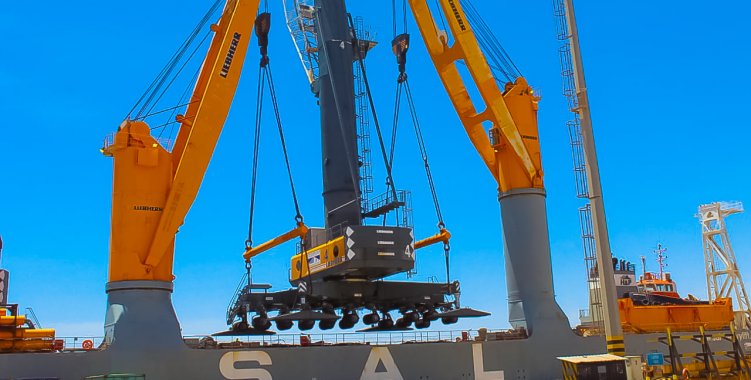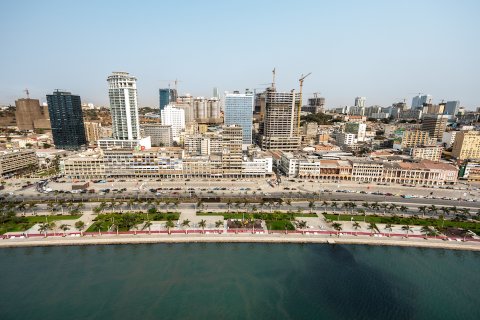According to a note made available on the port's Facebook page, the cranes are of German origin, from the Liebherr brand, and have "a maximum load capacity of 104 tons, with a total weight of 429 tons, a minimum boom radius of 13 meters and a maximum 51 meter boom".
The acquisition of the cranes "comes in compliance with the Investment Program provided for in the concession contract for operating the Commercial Terminal that Empresa Portuária do Namibe - E.P entered into with Sociedade Gestora de Terminais, SOGESTER, S.A in 2014".
The installation of this equipment reinforces the port's operational capacity, "insofar as it will provide greater speed in cargo handling, reducing the operating time of ships and consequently reducing stopover and freight costs that have a direct impact on the cost of living for populations".
The statement also notes that the two mobile cranes arrived on Angolan soil last Sunday, March 6, with the unloading of the equipment being witnessed by members of the Port Authority, with emphasis on the chairman of the Board of Directors of the Port of Namibe. , Manuel Nazareth Neto, directors and senior officials of Sociedade Gestora de Terminais (SOGESTER).
Speaking to Angop, Manuel Nazareth Neto indicated that these cranes will be enough to respond to the cargo handled in the port and added that with these equipments they will start "to receive large ships, because some state-of-the-art ships bring the cargo which must be moved by land cranes placed in ports and not with ship cranes".
The official also indicated that last year, "even without the modernized cranes and with all the restrictions imposed by the covid-19 pandemic, among other constraints", the port handled around 950,000 tons of goods.







